Not that it matters now, but I've come up with a way to repair the broken support that is reasonably easy and will look exactly like the original build.
1. Using whatever means are necessary, pull the broken parts back into alignment, V out the joint, and weld it up.
2. Cut a hole in the plate on top of the column to the inside diameter of the pipe. Fashion a sleeve that can be lowered into the pipe with the lower end shaped to avoid any intruding obstacles. Try to get as much circumferential coverage as possible above and below the joint. The sleeve might need to be open on the side toward the rail or in two pieces.
3. Drill a suitable pattern of holes in the pipe above and below the joint so the sleeve can be plug-welded to the pipe.
4. Do all the usual cleaning, grinding, and clamping to get the sleeve fitting as tight as possible inside the pipe, and do the plug welding to secure it in place.
5. Weld the piece removed from the top plate back in place, grind everything smooth, and repaint the area.
That'll be as strong or stronger than the original, and it could be done in a lot less time than fabbing and shipping a new column from Italy.
Of course, you'd need a work platform, a protective tent around the work area, and some portable weld inspection stuff, but that's all doable.

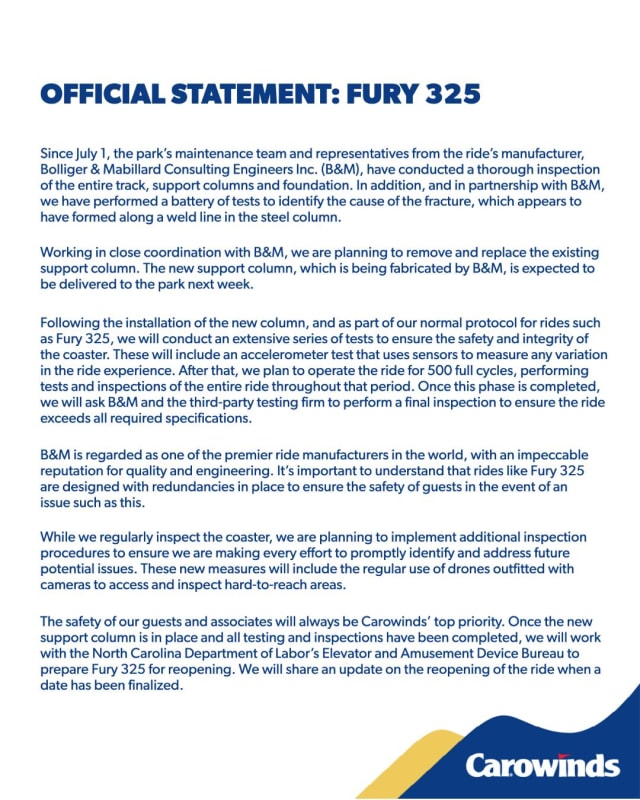
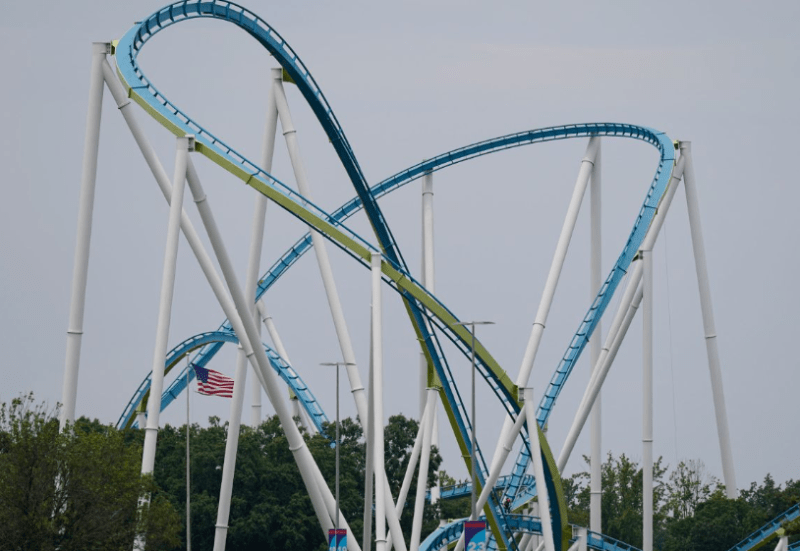
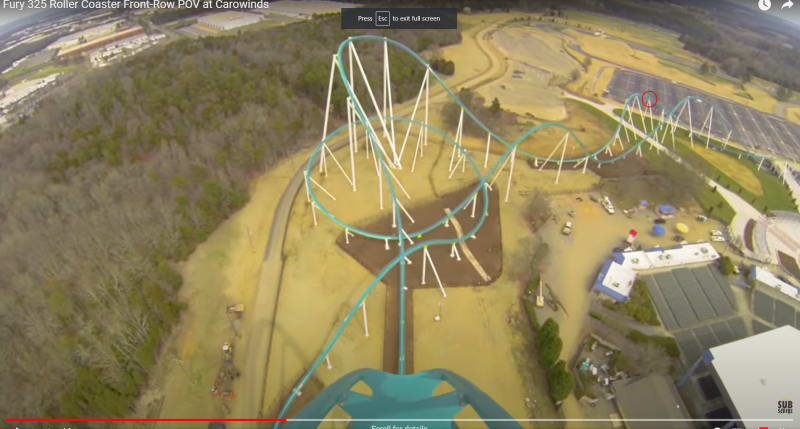
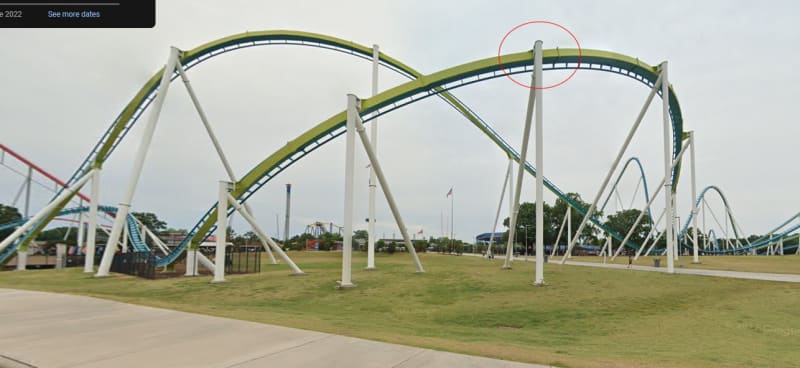
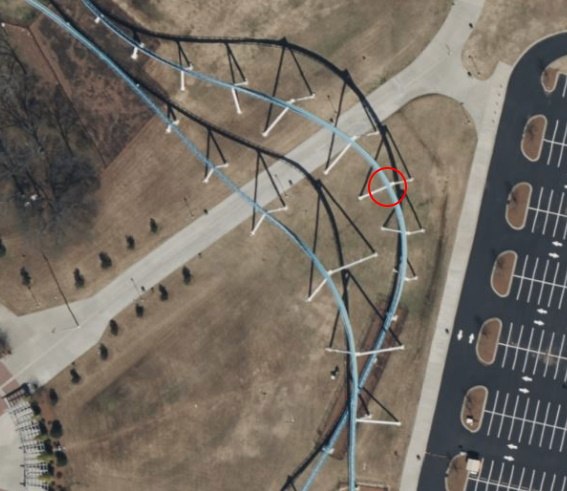
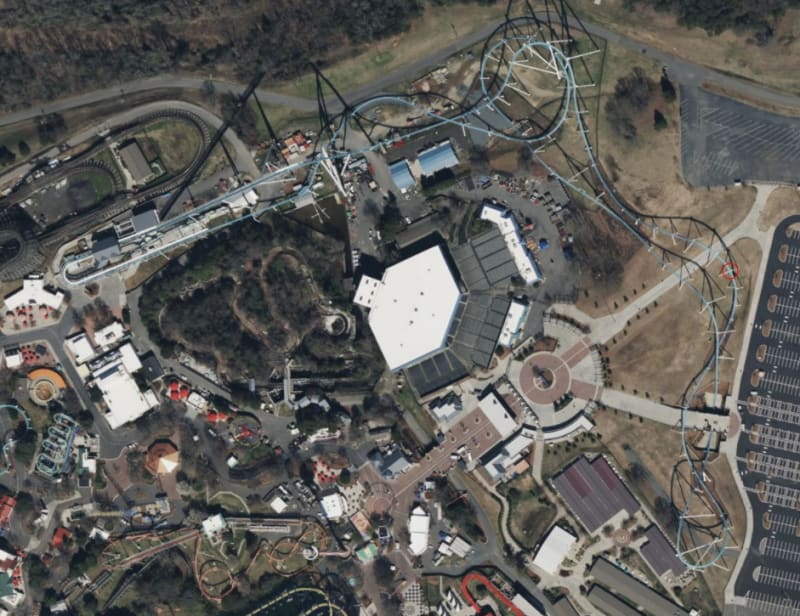
![[ponder] [ponder] [ponder]](/data/assets/smilies/ponder.gif)
![[bigsmile] [bigsmile] [bigsmile]](/data/assets/smilies/bigsmile.gif)